Energy is a key factor in combating climate change, one of the biggest challenges the world is facing today. India has committed to cutting emissions to net zero by 2070 and set ambitious targets for adopting renewable energy. Achieving these targets requires careful planning and an overhaul of our current energy system.
Our work aims at enabling policies that encourage the adoption of rooftop solar, facilitate the development of technology for energy storage, strengthen the grid and transmission infrastructure, advance hydrogen technologies, and promote green mobility. CSTEP's research looks at the various aspects of mainstreaming renewable energy for a cleaner, greener energy sector.
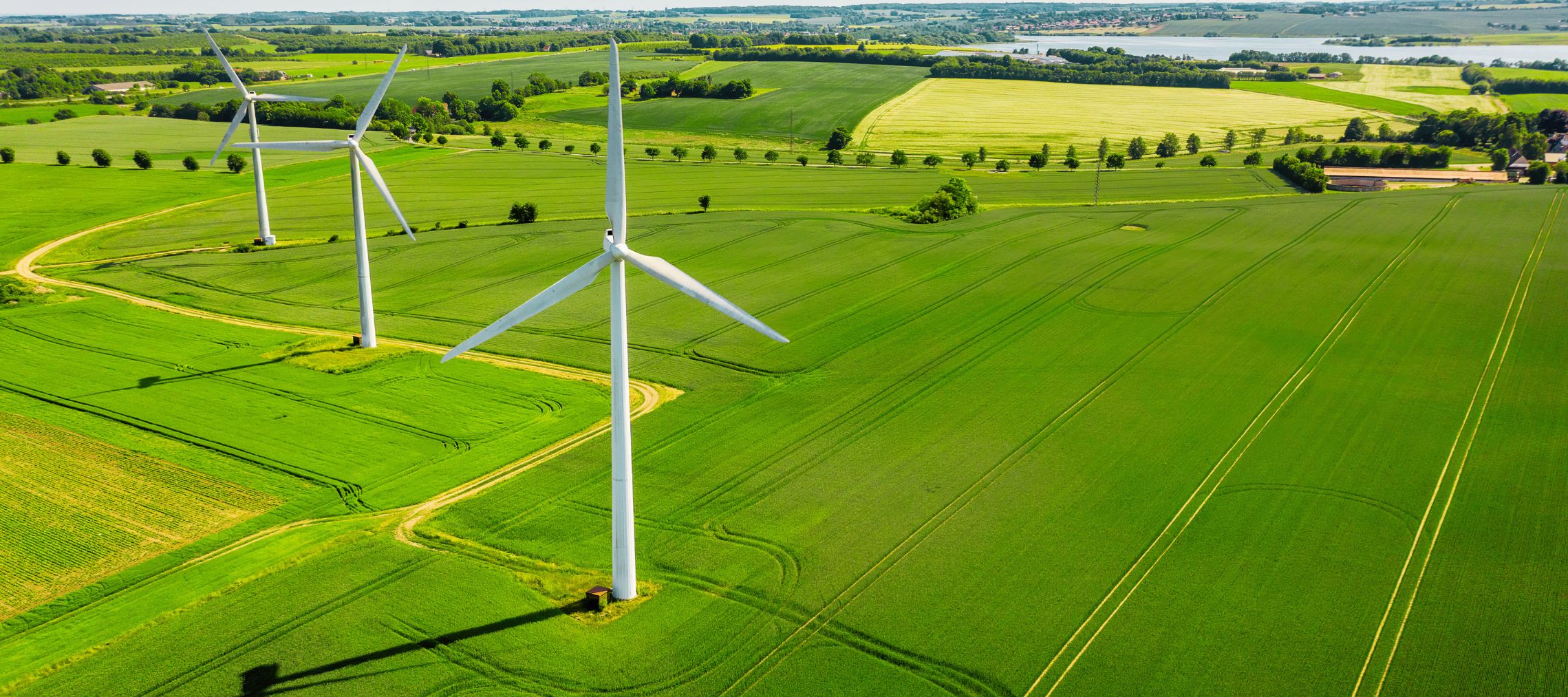
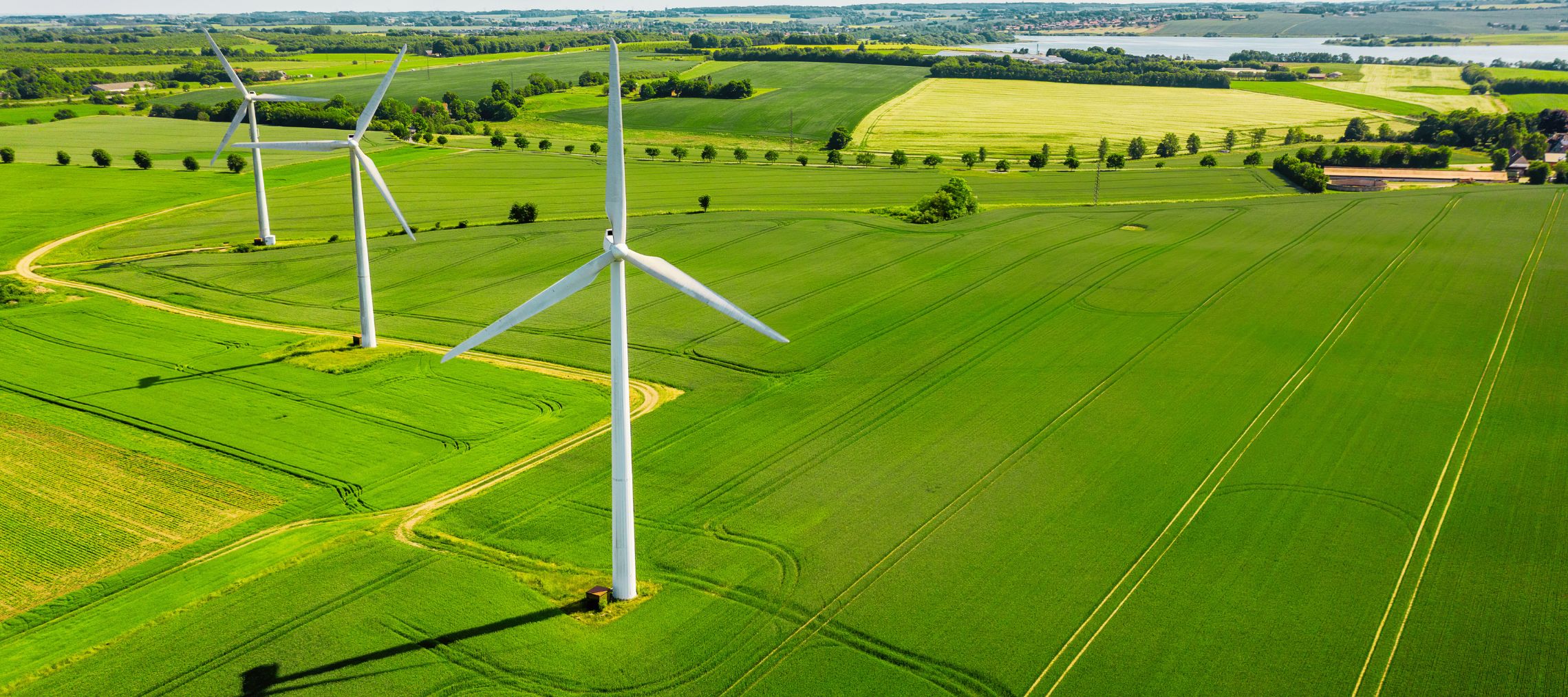

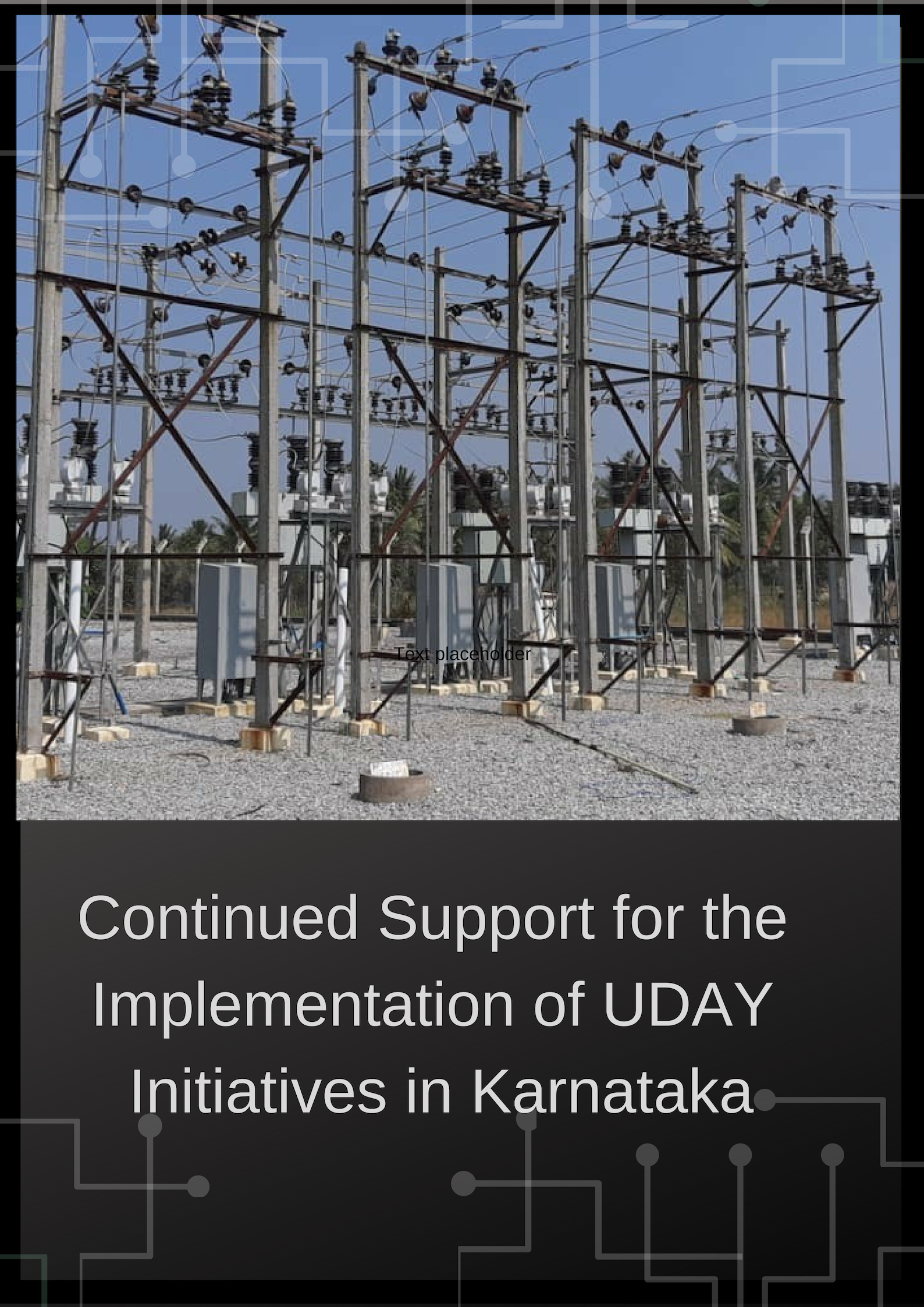
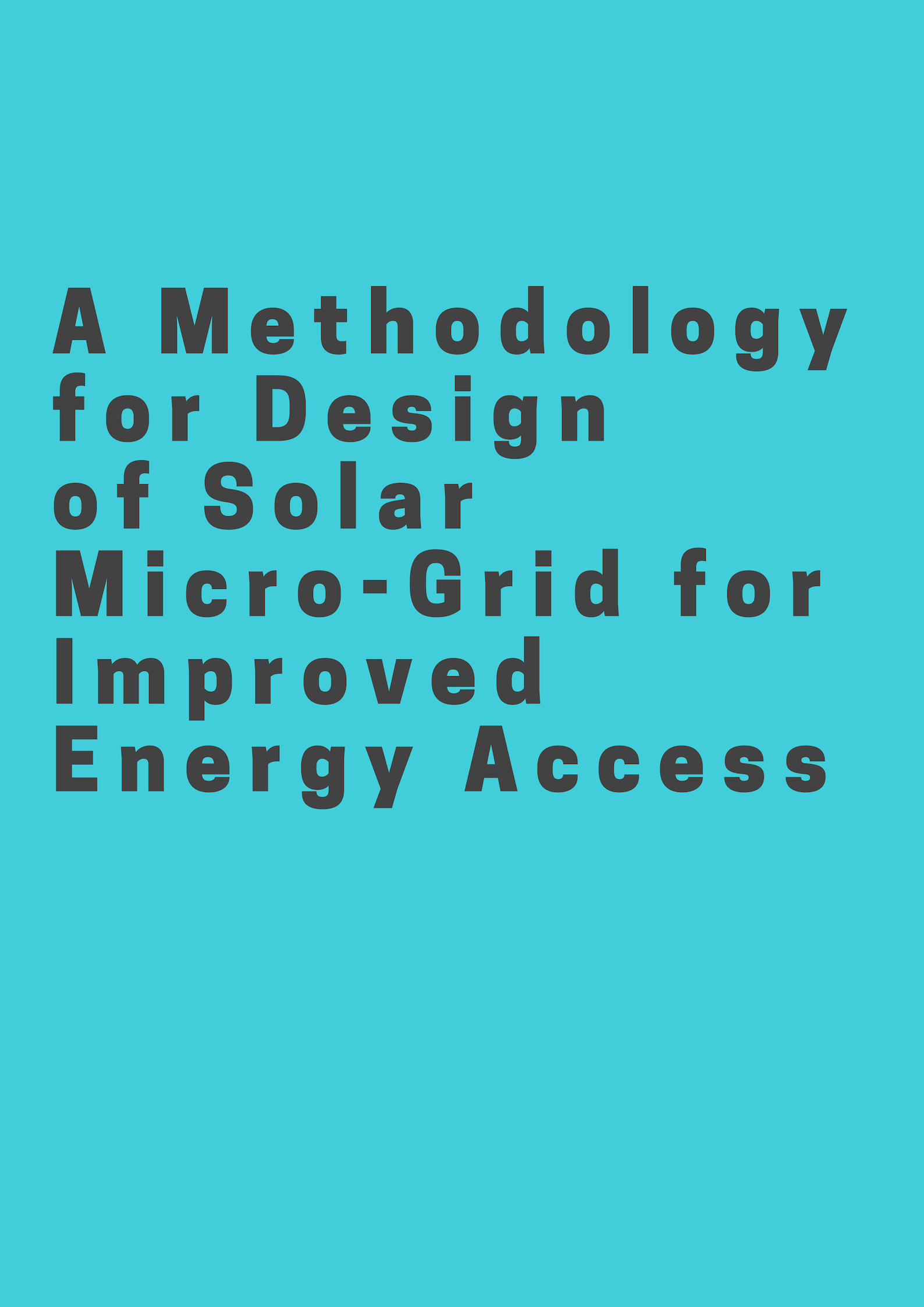

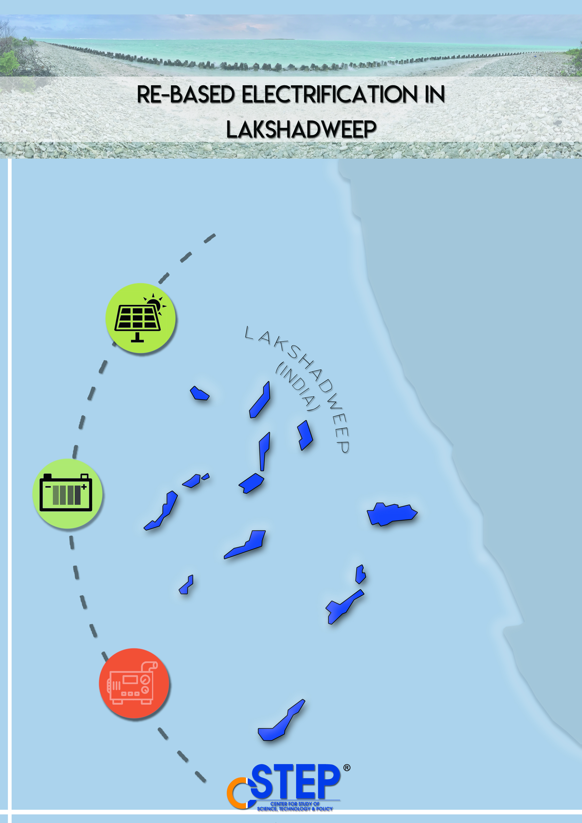
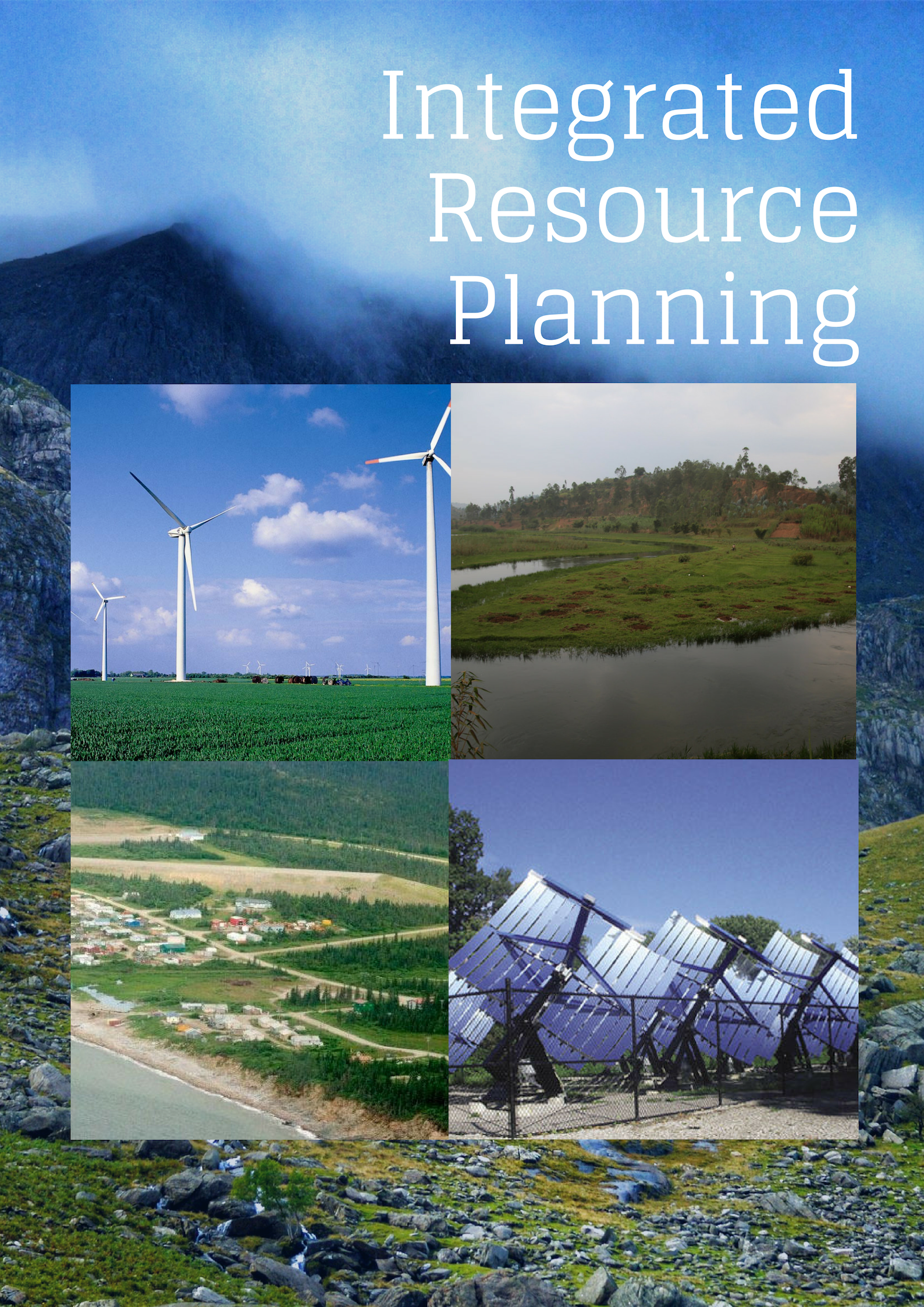
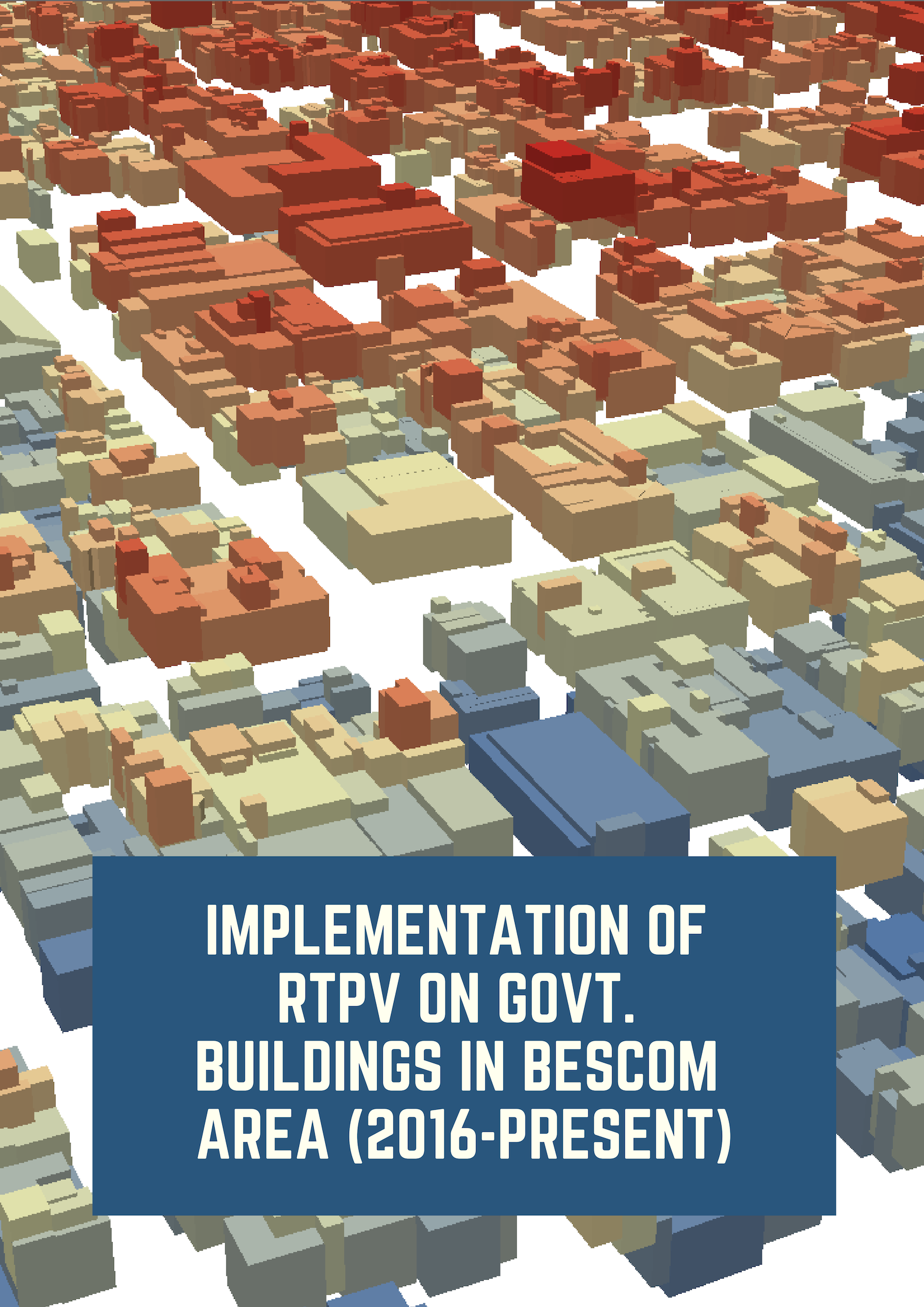


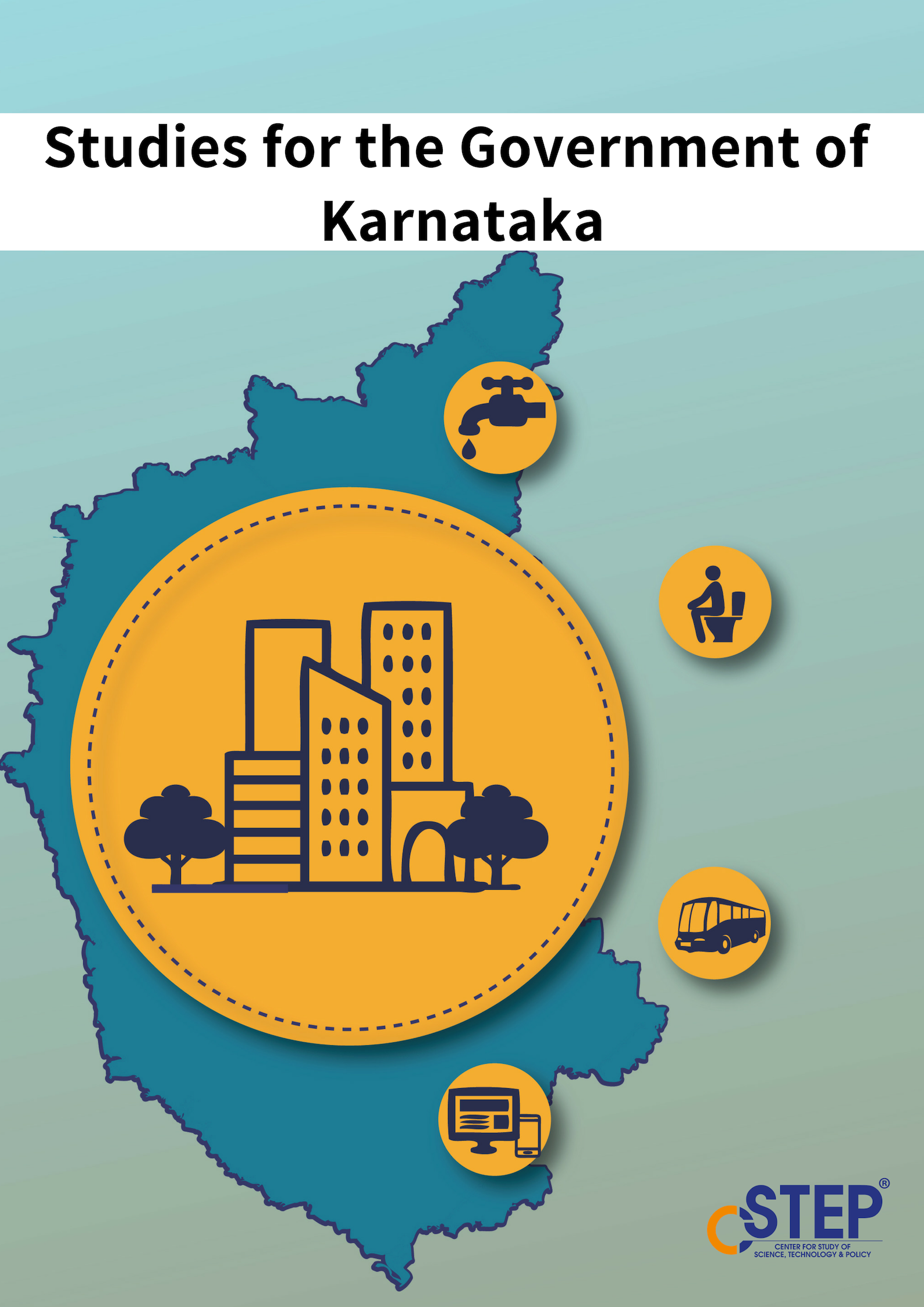

With the Climate Crisis On, E10 Might Be India’s Ethanol-Blending Sweet Spot
In his Independence Day address to the nation, Prime Minister Narendra Modi mentioned India spends over Rs 12 lakh crore on importing energy, and that domestic energy production will be a policy priority for the country.
Potential of Discom-based Rooftop Solar Business Models
India has set an ambitious rooftop solar photovoltaic target of 40 GW by 2021-22. However, with only approximately 6.8 GW installed till date, it looks increasingly difficult to reach the target in less than a year. One of the primary deterrents is the reluctance of distribution companies (discoms) to promote the rooftop solar segment. The finances of most discoms are in a beleaguered state. This is due to free power for agriculture, unmitigated aggregate technical and commercial losses, and failing cross-subsidy regimes.
Pumped Hydro: Pushing the Needle Forward on Clean Energy
India’s power sector has been witnessing a large share of renewable energy (RE) being integrated into the grid. This is expected to grow at a high pace in the future as well. With increasing RE share, storage, especially pumped-hydro energy storage (PHES), plays a key role in dispatching the energy from RE resources, peak load shaving, frequency regulation, voltage support, providing round-the-clock support, and balancing the grid, among others.
How Thermal Generating Companies Can Stay in Power
India, which is the second-largest coal producer and both the third-largest producer and consumer of electricity in the world, has committed to an RE-dominant future with an ambitious target of 450 GW of RE capacity by 2030. With the global push for clean energy and falling RE costs, there is no backing away from this goal now. Given this, what is the contribution that state generating companies (GENCOs), mainly operating thermal capacity, can make for this transition to be successful?
Distribution Companies Should Turn the Tide by Going SMART
State-owned electricity distribution companies (DISCOMs) continue to be plagued with financial problems. This is so despite efforts by both central and state governments to bail out the beleaguered DISCOMs with rescue packages. In a last-ditch effort, the Central Government announced INR 3.05 lakh crore in the Union Budget 2021–22 to redeem the utilities.
Pumped Hydro: Money Matters
There is an urgent need to ramp up utility-scale energy storage solutions in the power grids of most countries. This surge in demand for energy storage is being experienced due to renewable capacity increment and its intermittencies. Pumped-hydro energy storage (PHES) is one of the most promising solutions. However, PHES systems are significantly more expensive than conventional hydro power plants. Therefore, some countries are providing funding support of various kinds to attract investors and developers towards this sector.
